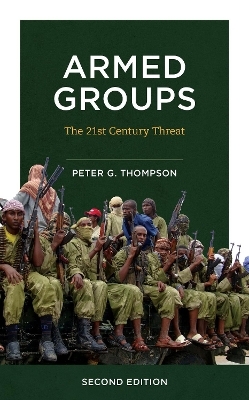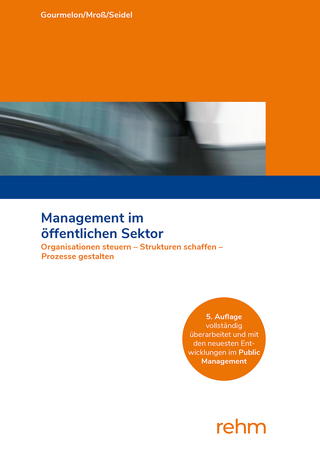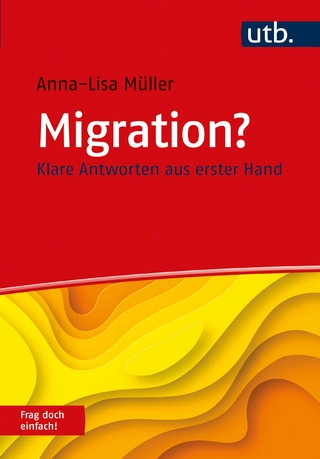
Armed Groups
Rowman & Littlefield (Verlag)
978-1-5381-6863-9 (ISBN)
Additionally, globalization, the privatization of force, and the return of great power competition have altered the security landscape and enhanced armed group threats. These forces have also led to an increasing overlap between conflict and crime, and a growth in the state use of armed group proxies. Coming to terms with armed groups—their objectives, strategies, internal composition, and the environment that fosters them—remains a critical task for practitioners, scholars, and policy makers alike in understanding the changing nature of war.
This second edition, updated throughout, includes new material on the importance of private military companies, the shift to sub-Saharan Africa as an important center of conflict, the return of great power politics, the increased use of social media and advanced technology, and the increasingly criminalized nature of armed groups.
PETER G. THOMPSON is a Professor of International Security Studies in the College of International Security Affairs at the National Defense University in Washington, DC. He has developed and taught a wide range of International Relations and International Security courses at the undergraduate and graduate level. Peter also teaches in Georgetown University’s Security Studies Program and prior to joining the faculty at NDU taught at UCLA, Loyola Marymount University, and Michigan State University. His research has been published in Security Studies, Asian Security, and the Annual Review of Political Science.
1. Introduction
Importance of the Topic
What Are “Armed Groups”?
Book Objectives
Armed Groups and International Relations Theory
Conclusion
Discussion Questions
Recommended Reading
Notes
2. Conflict in the Twenty-First Century
Interstate Conflict Decreasing
The “New War” Paradigm?
Irregular Warfare
Role of Geopolitical and Geostrategic Factors
US Participation in Intrastate Conflicts
Armed-Group Threats to the United States
Discussion Questions
Recommended Readings
Notes
3. What Are Armed Groups?
Distinguishing Between Armed Groups and State Militaries
Common Armed-Group Characteristics
Armed-Group Formation
Challenging the “Nonstate Actor” Label
Discussion Questions
Organization
Membership
Ideology
Objectives
Discussion Questions
Recommended Readings
Notes
4. Armed-Group Archetypes
Insurgents
Terrorists
Transnational Criminal Organizations
Militias
“Commercial” Armed Groups
Evolution, “Hybridization,” and the Crime–Terror Nexus
Discussion Questions
Recommended Readings
Notes
5. Internal Characteristics
Leadership
Organization
Membership
Ideology
Objectives
Discussion Questions
Recommended Readings
Notes
6. External Characteristics
Strategy
Tactics
Strategic Communications
External Support
Discussion Questions
Recommended Readings
Notes
7. Combating Armed Groups
Combating Grievances and the Environment
Military, Political, Legal, and Economic Constraints on Governments
General Countering Strategies
Combating the Armed Group
Conclusion
Discussion Questions
Recommended Readings
Notes
8. Conclusion
Armed-Group Adaptation and Evolution
Future Armed-Group Threats
Combating Armed Groups
Three Questions
Recommended Readings
Notes
| Erscheinungsdatum | 12.08.2023 |
|---|---|
| Verlagsort | Lanham, MD |
| Sprache | englisch |
| Maße | 157 x 237 mm |
| Gewicht | 603 g |
| Themenwelt | Sozialwissenschaften ► Politik / Verwaltung ► Staat / Verwaltung |
| ISBN-10 | 1-5381-6863-4 / 1538168634 |
| ISBN-13 | 978-1-5381-6863-9 / 9781538168639 |
| Zustand | Neuware |
| Informationen gemäß Produktsicherheitsverordnung (GPSR) | |
| Haben Sie eine Frage zum Produkt? |
aus dem Bereich


